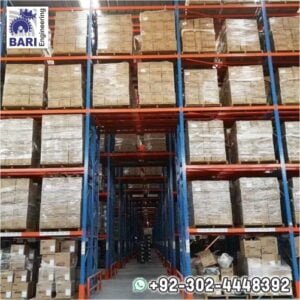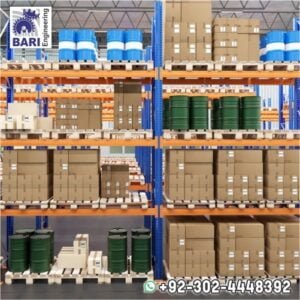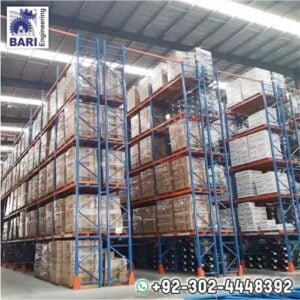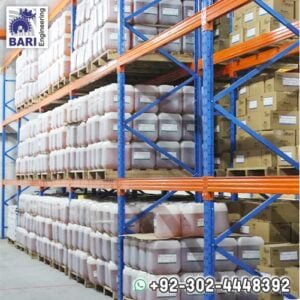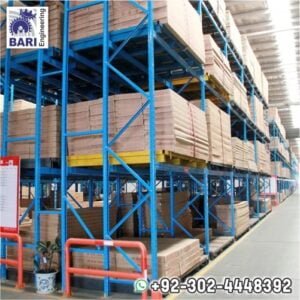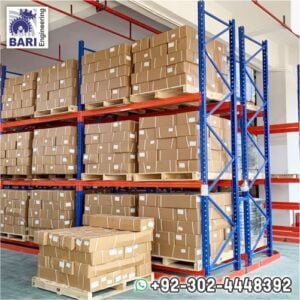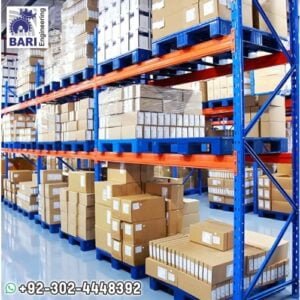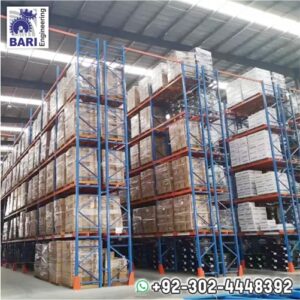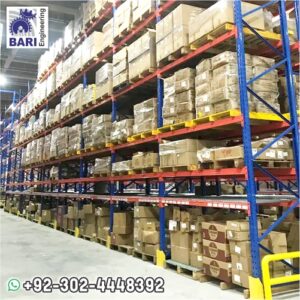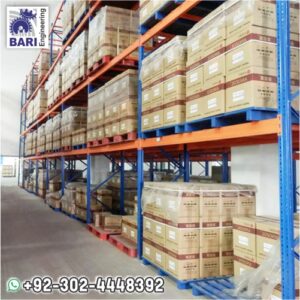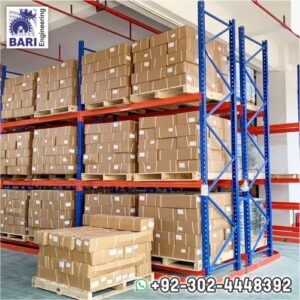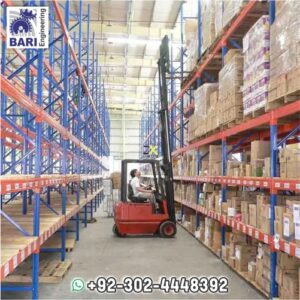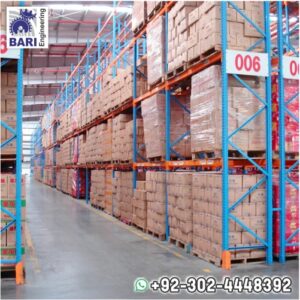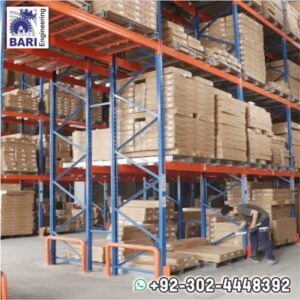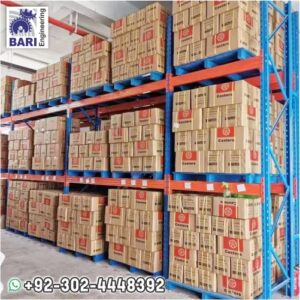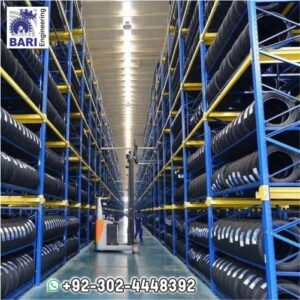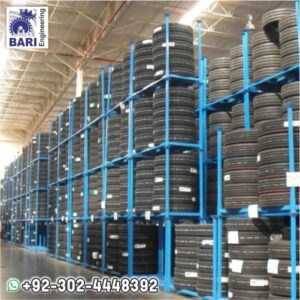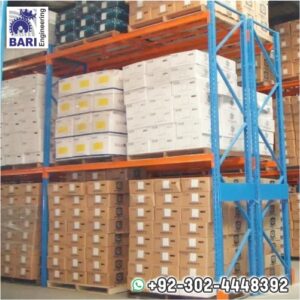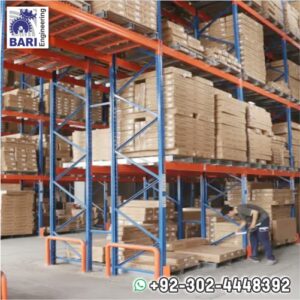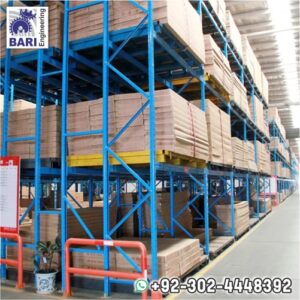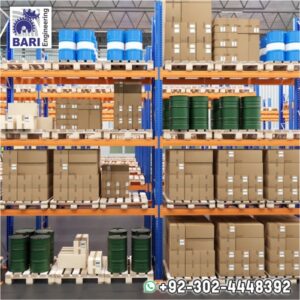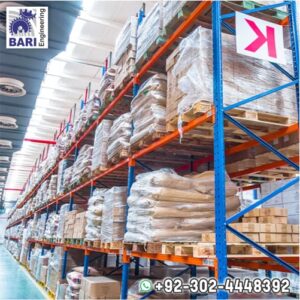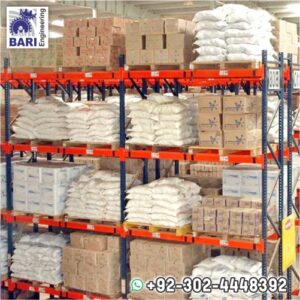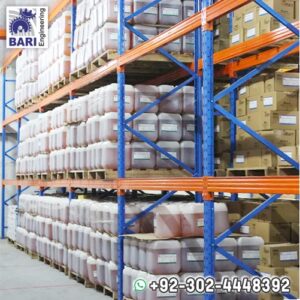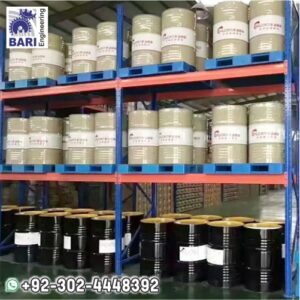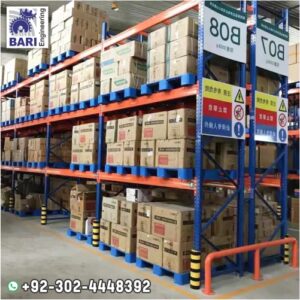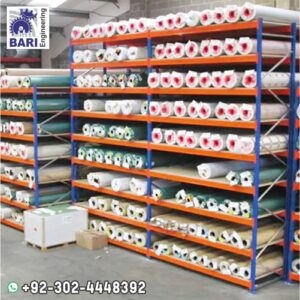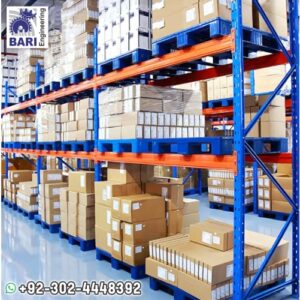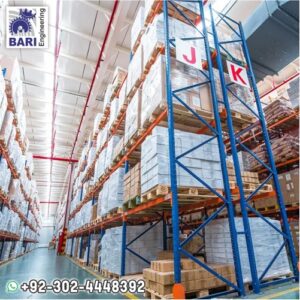
Chemical Raw Material Racks
Chemical Raw Material Racks: Optimize Your Storage Solutions
Introduction to Chemical Raw Material Racks
Efficient storage solutions are crucial for handling chemical raw materials safely and effectively. Chemical raw material racks provide an organized system that enhances both safety and accessibility. In this guide, we’ll explore the benefits of using specialized racks and offer insights into selecting the right option for your needs. With proper Warehouse Racking, warehouse managers maximize space and optimize Warehouse Racking organization for efficiency and a streamlined picking process. Warehouse layout plays a major role in the Warehouse Racking/shelving System, as aisle width, dacking locations, shipping areas, and other warehouse components affect warehouse racking/shelving options. Pallet racking is the most common form of Chemical Storage Rack.


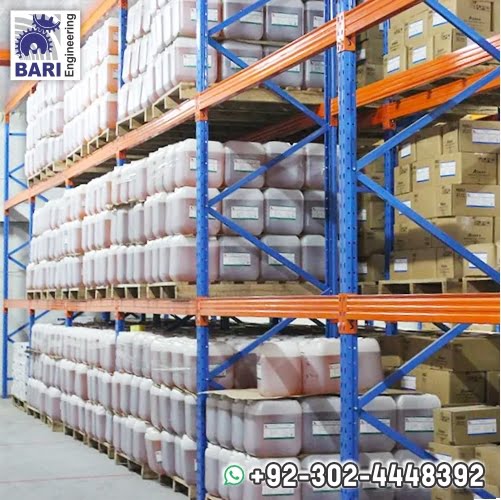
Components of Chemical Storage Racks
Load beams, also called step beams are support structures that allow for materials to be stored in a horizontal form. The load beams are fit onto the upright framework that enables the Warehouse Racking/shelving system.
Upright frames are a Warehouse Racking framework that is designed to fit into the warehouse design. The upright frames are columns that stand upright and go as high as possible to increase the capacity of the warehouse.
Diagonal braces are welded or bolted between two upright columns to increase rigidity and strength. They are also referred to as horizontal braces or upright frame lacing.
Wire decking is used to increase safety while storing materials in Warehouse Racking. The wire decking is usually a wire mesh that is fit to the horizontal columns to prevent the store materials from falling from the rack structure.
Benefits of Chemical Raw Material Racks
1. Enhanced Safety
Chemical raw material racks are designed to meet strict safety standards. They help minimize the risk of spills and accidents by keeping materials securely stored and easily accessible.
2. Improved Organization
With dedicated racks, you can organize chemicals systematically. This organization helps in tracking inventory, reducing time spent searching for materials, and maintaining a clutter-free workspace. Categorizing materials by type or usage can streamline operations and improve overall efficiency.
3. Space Efficiency
Chemical raw material racks maximize vertical space in your storage area. By using adjustable shelving, you can customize the layout to accommodate different sizes and quantities of materials. This flexibility helps in optimizing available space and making the most out of your storage area.


Key Features to Consider
1. Material Durability
Choose racks made from durable materials such as heavy-duty steel or corrosion-resistant coatings. These materials ensure that the racks can withstand the weight and potential chemical exposure, extending their lifespan and maintaining safety standards.
2. Adjustable Shelving
Adjustable shelves allow you to modify the rack configuration based on your needs. This adaptability is crucial for accommodating varying sizes of containers and optimizing the use of space.
3. Safety Features
Look for racks that include safety features such as spill containment trays, secure fastenings, and clear labeling. These features contribute to a safer storage environment and help in compliance with safety regulations.
Types of Chemical Storage Racks System
- Selective Racks:
The most commonly used pallet system, selective racks provides access from an aisle. These Warehouse Racking systems are ideal for narrow aisle racking, standard systems, and deep-reach systems. Selective racks require special narrow lift trucks and accommodate a single pallet in depth.
- Drive-In and Drive-Through Racks:
For high-density storage, drive-in and drive-through racks are ideal. Constructed of steel in most cases, these Warehouse rack systems have enough space for a forklift to move into its bay. It’s important to note that drive-in racks have one entrance and exit, but drive-through racks allow access on both sides of the bay. On the other hand, a drive-through system requires a first in, first out (FIFO) process. Drive-in and drive-through racks may be floor-to-ceiling structures.
- Push Back Racking/shelving Systems:
Typically used for bulk storage, push-back racking systems store products that span 2-5 pallets. Push-back racking systems utilize the LIFO system and often feature inclined rails sliding carts and double lanes.
- Flow Rack:
The rotation of products becomes automatic as the racks flow with loading and unloading. Flow racks make use of gravity rollers that move in conjunction with the rack load and feature brakes or speed controllers to regulate item movement. One advantage of flow racks is they do not require electricity for operation because gravity powers them.
